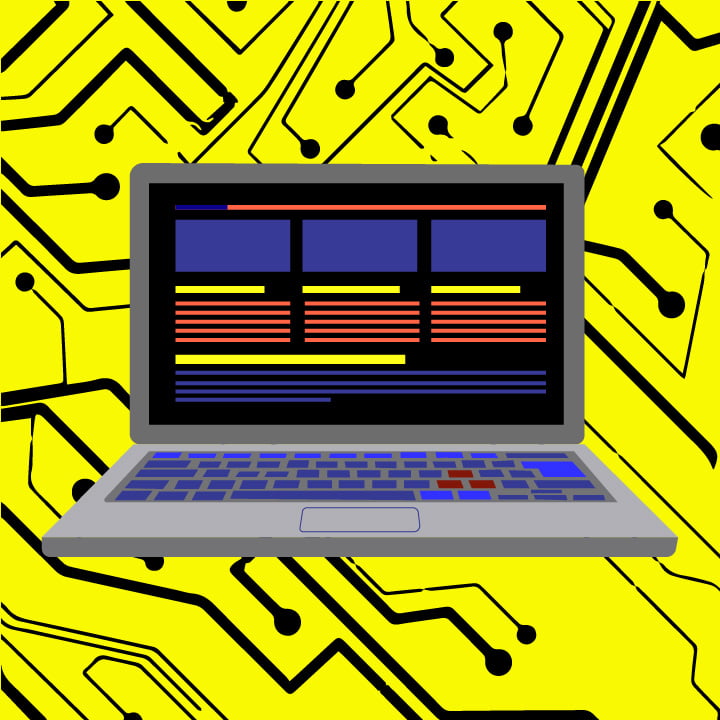The phrase ‘modern retro’ might sound like an oxymoron but it’s just an easy way of describing something that has crept its way back into fashion, even if it died in ignominy many decades ago. It’s the kind of trend that causes coffee shops to blend pop art with vintage furnishings or hospital green appliances with white subway tiles. It’s a collision, in other words, often of two or more disparate design decades.
While it’s easy to expect this kind of trend to crop up in interior design circles, websites began experimenting with modern retro around the same time that millennials started to forget about the days they spent living in the 80s and 90s; that is, about five years ago. The difficulty inherent in this style of work is melding classic colors and imagery without compromising the usability of the website.
70s, 80s, and 90s
But what did these decades look like? The 90s were bright, chaotic, and kitschy, encapsulated by the ‘jazz’ cup design created by Gina Ekiss. The previous decade, the 80s, was more about neons, burnished metals, and pinks and blues. Lastly, the 70s liked its oranges and browns and large repeating patterns. Oddly enough, our experiments with decade-spanning trends seemed to end around the turn of the millennium.
However, one of the design fascinations that never seems to go away involves space, futurism, and technology. For instance, the website of AI-based energy company Nesh has domed habitats flanking its namesake smart assistant, while Genesis Casino features astronauts, planets, and satellites. The latter is one of the more technology-forward sites too; it’s a paysafecard online casino and accepts Apple Pay. This shows the broad adoption of this style.
Contributors to website awards site Awwwards point to the Soviet Design page as a good example of 90s stylings. One of the best places to look for website inspiration with 80s leanings, though, is not a website at all. Artistic movements like vaporwave and future funk have the Blade Runner decade pinned down to its most basic elements. Large and loud typefaces are the key to creating a site with a convincing 70s vibe.
Simplicity
An important point to remember is that the further back in time you plan to go, the less complicated your design needs to be. Marketing materials made in the 70s, for instance, are unlikely to have been in a digital format, which restricts their complexity to whatever a printing press could handle at the time. The reverse, an overabundance of options, is perhaps why the 90s were so chaotic.
Ironically, one of the few design schemes to hit the mainstream in the 2010s was simple almost to a fault. Flat design, which was arguably pioneered by Microsoft in its Windows 8 operating system, stripped the outlines and details away and replaced them with ‘flat’ colors. This style often makes use of long shadows and has been central to the design philosophy of Google and Apple too.
Modern retro allows companies to leverage nostalgia and a love for all things vintage to capture customers’ collective hearts.






